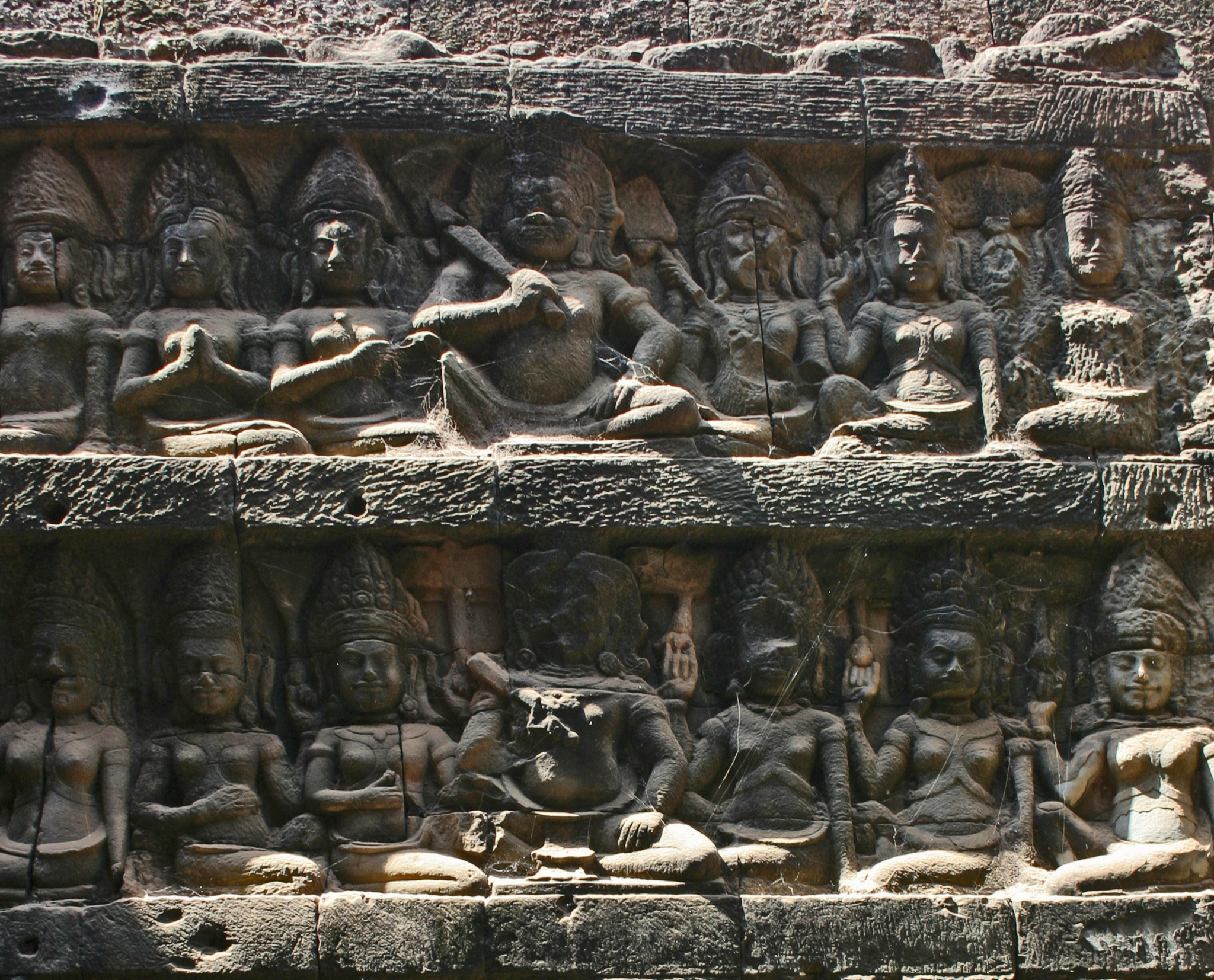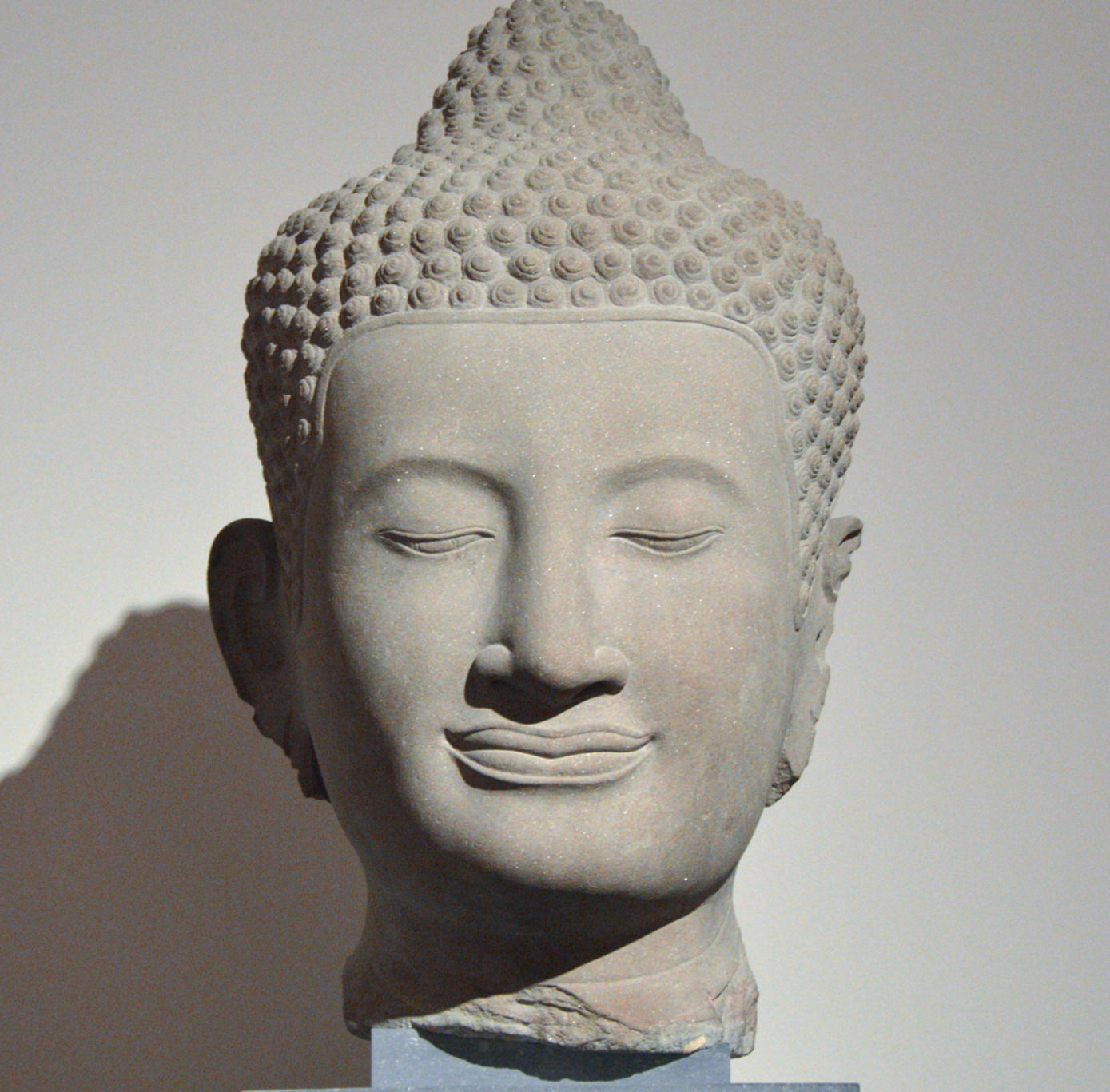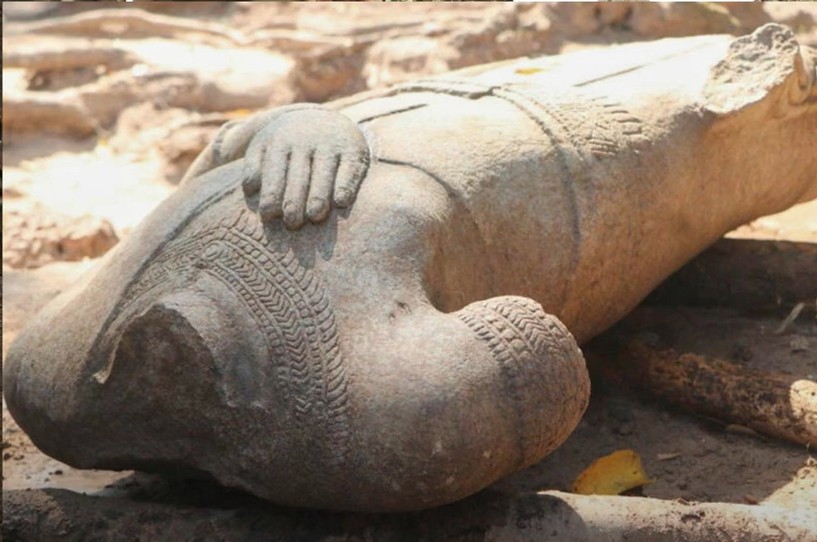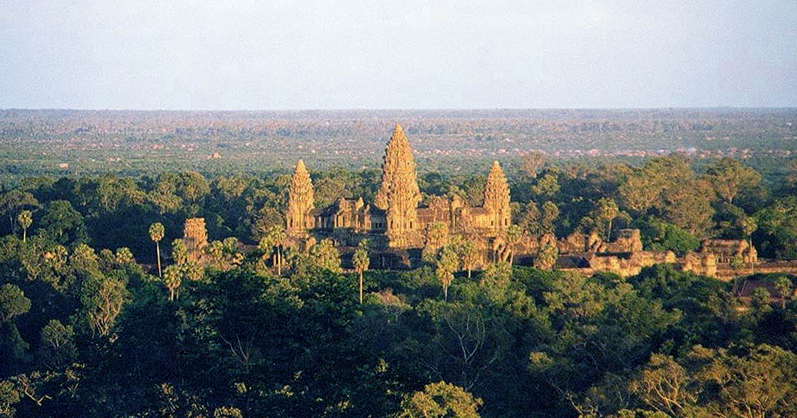In early 2025, archaeologists toiling away at Angkor Wat in Cambodia found the headless torso of a Buddha statue. The discovery solved a puzzle that has dumbfounded scholars for nearly a century, shedding light on the complex history of Cambodia’s most famous temple complex.
The Discovery Of A Buddha Head
Back in 1927, French archaeologists excavating parts of Angkor Wat dug up a finely carved head of a Buddha statue. The serene expression and detailed craftsmanship suggested it was part of a significant religious icon. But no matching torso was found at the time, so the dismembered head was put into museum storage while scholars continued a heated debate on its origins.
A Fragment Without A Body
For nearly 100 years, the head sat on display as a standalone artifact. Many experts speculated on its original appearance and placement, but it left an important question unanswered: where was the rest of its body? The missing piece stymied efforts to fully comprehend the statue’s role within Angkor Wat’s vast religious complex.
The 2025 Excavation Brings A Breakthrough
In January 2025, a team of Cambodian and international archaeologists doing restoration work dug out a partially buried stone figure near one of the temple’s lesser-explored galleries. The finely chiseled torso was remarkably well-preserved, with obvious signs that it once supported a head of hefty size and weight.
Confirming The Match
Excitement grew as measurements and stylistic comparisons between the newly found torso and the 1927 Buddha head suggested a perfect fit. Using 3D imaging and digital modeling, researchers confirmed that the two pieces were once part of the same statue. The reunion of head and body was a landmark moment for Angkor Wat archaeology.
A Statue Of Great Significance
The reassembled statue, now standing over six feet tall, is believed to date from the late 12th or early 13th century, during the reign of King Jayavarman VII. This period marked a high point in Buddhist influence at Angkor, and the statue likely held a prominent position in one of the temple’s sacred sanctuaries.
Insights Into Temple Destruction And Looting
The separation of the head and torso gives clues to the region’s turbulent history. Many statues at Angkor were damaged or decapitated during periods of religious conflict, colonial interference, and looting. The newly reunited Buddha might have been dismantled during one of these upheavals and only partially recovered by earlier expeditions.
The Use Of Modern Technology
Advanced archaeological techniques played a key role in solving this century-old conundrum. High-resolution scanning, 3D printing, and digital reconstruction allowed researchers to virtually reunite the fragments before physically confirming the match. This technology continues to transform how ancient artifacts are studied and preserved.
 Gerd Eichmann, Wikimedia Commons
Gerd Eichmann, Wikimedia Commons
Renewed Interest In Angkor Wat’s Hidden Treasures
The dramatic discovery has renewed global interest in Angkor Wat’s rich archaeological potential. Even after decades of study, large portions of the temple complex are still unexcavated or understudied. Experts believe many more secrets may still lie buried just below the undulating jungle growth.
A Symbolic Reunion For Cambodia
For many Cambodians, the reunited Buddha is a proud moment signifying of the nation’s resilience, cultural identity, and ongoing efforts to reclaim its heritage after years of war, looting, and foreign occupation.
Future Plans For Display And Study
Ambitious plans are underway to display the fully restored statue in a special exhibit at the Angkor National Museum. Scholars hope that its public unveiling will educate visitors and inspire an infusion of new investment to preserve Cambodia’s remarkable archaeological legacy for future generations.
One Mystery Solved, With Many More To Be Unlocked
The 2025 discovery brought closure to a mystery spanning generations. By joining the Buddha head onto its long-lost torso, archaeologists have restored a masterpiece of Khmer art and earned new insights into Angkor Wat’s spiritual and historical treasures.
You May Also Like:
The Seven Wonders Of The Ancient World
How Were The Great Pyramids Built? One Convincing Theory










